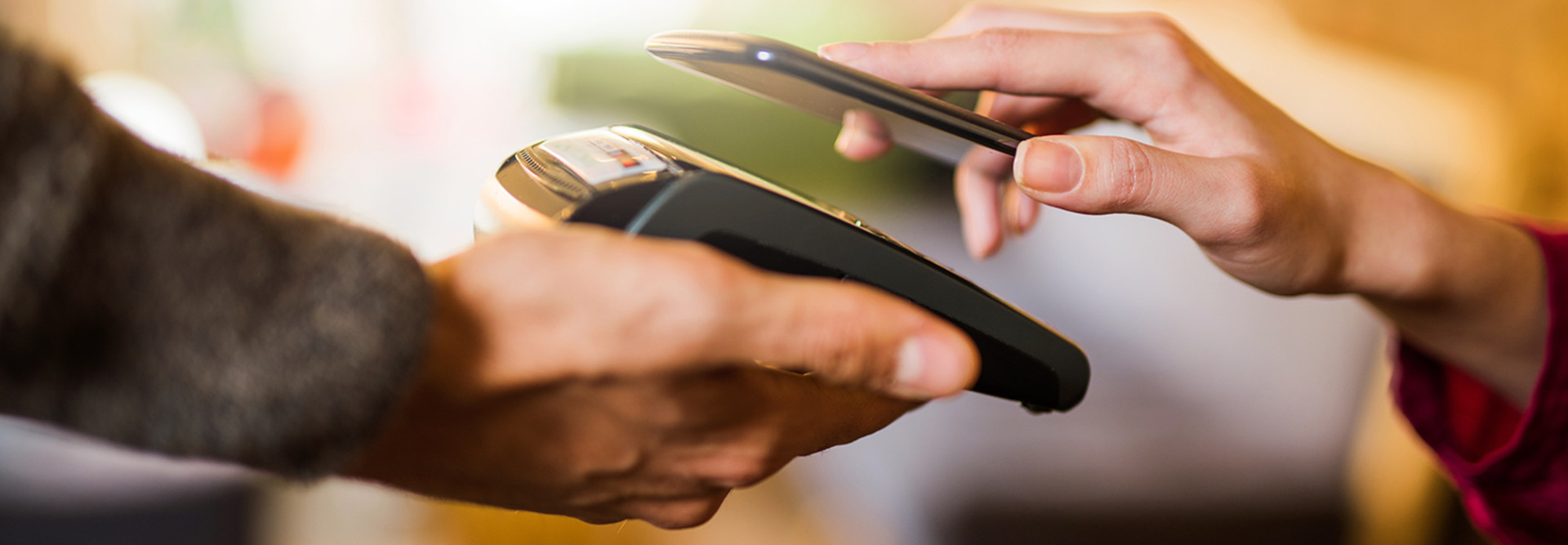3 Components of a Modern Clienteling Strategy
In the face of online competition, establishing long-term customer relationships through clienteling represents a top priority for brick-and-mortal stores.
“Retail outfits that deploy clienteling solutions can offer deeply personalized service and interaction to customers, and see welcome gains as a result,” according to a CDW white paper on retail technology. “More frequent shopping visits, higher transaction values and improved loyalty all accrue in clienteling scenarios.”
Despite those benefits, most stores don’t arm associates with omnichannel insights such as customers’ shopping preferences, wish lists and habits: According to a NewStore report, only 19 percent of brands make that sort of clienteling information available to store associates.
Bringing a modern clienteling approach to brick-and-mortar retail will require a mix of technologies.
VIDEO: Find out how to prepare your infrastructure to handle data analytics.
Big Data Analysis Identifies Selling Opportunities
Solutions that capture and analyze multichannel customer data in real time offer major advantages to retailers. The integration of online and offline data not only enables targeted cross-marketing but also creates cross-selling and upselling opportunities at the point of sale. And those extra transactions add up: A 2017 BCG survey found that strengthening customer relationships through data-driven personalization can increase revenue by 6 to 8 percent.
Mobile Point of Sale Makes In-Store Shopping Seamless
With so much data on tap, store associates need an easy way to access it. Mobile PoS systems put customer insights right at retailers’ fingertips, as well as information about products, pricing and inventory levels.
“With mobile point of sale, the associate can provide real-time recommendations, SKU lookup, etc., as they assist the customer via their mobile PoS tablet, transforming a traditional PoS into a multipurpose sales device,” says Ryan Parker, head of responsive retail for Intel’s IoT group, in the article, “How Connected Retail Delivers Powerful Inventory Management.”
Mobile PoS solutions also make it possible for stores to accept emerging payment methods, such as Apple Pay, without totally revamping their stationary systems. And because store associates are no longer confined to registers, they can spend more time roaming the floor, answering questions and line-busting once customers are ready to make their purchases.
Mobile Applications Put Stores in Direct Contact with Customers
While employee-facing mobile apps and devices empower associates with real-time information, customer-facing apps enable brick-and-mortar retailers to push relevant promotions to shoppers the minute they walk in the door. Retailers can also lean on apps to offer customer service, drive mobile sales, provide loyalty incentives and solicit feedback.
One of the biggest challenges with this clienteling approach is ensuring that shoppers both download and retain the store app. But once retailers overcome that obstacle, mobile apps can go a long way in driving revenue and building the types of long-term customer relationships that retailers need to thrive.









